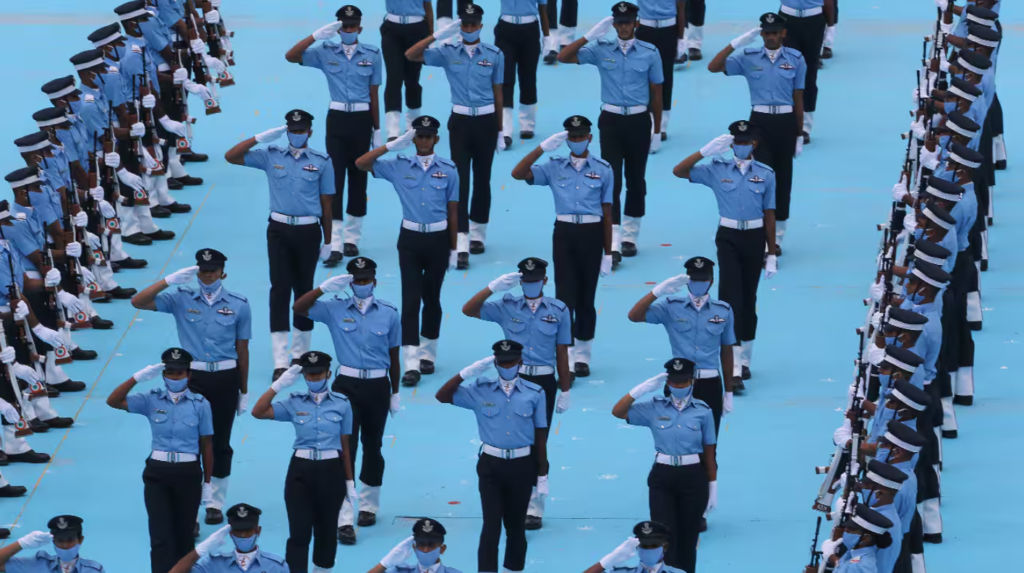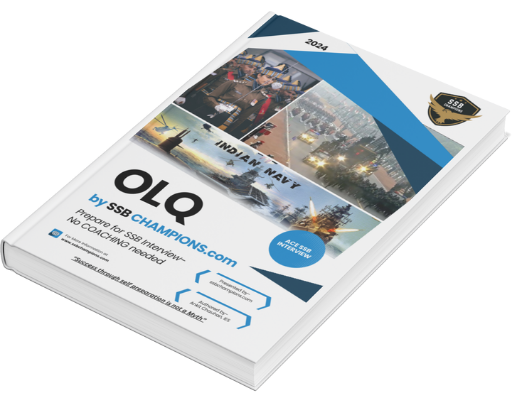Reimagining the future of the Indian Armed Forces — one short-term warrior at a time.
🔰 Introduction
The launch of the Agnipath Scheme in June 2022 marked one of the most radical transformations in India’s military recruitment history. Designed to modernise the armed forces, reduce pension burdens, and inject youthfulness into the military, the scheme has sparked both praise and protest.
But the question remains: is this a visionary reform — or an uncertain gamble?
Table of Contents

🛡️ What is the Agnipath Scheme?
- Recruits youth aged 17.5–21 years into the Army, Navy, and Air Force.
- Four-year tenure as Agniveers, with only 25% retained for regular service.
- Others exit with a ₹11.71 lakh ‘Seva Nidhi’ package, no pension benefits.
- Goal: A younger, leaner, tech-ready military.
🧭 Key Objectives of the Scheme
- Youth Empowerment: Tap into India’s demographic dividend.
- Modernization: Move toward tech-driven and agile forces.
- Budget Efficiency: Reduce long-term pension and salary commitments.
- Nation-Building: Infuse trained, disciplined youth into civil society.

📊 Reform or Risk? A Balanced View
| Strengths | Challenges |
|---|---|
| Fresh, energetic recruits | Uncertainty after 4 years |
| Cost-effective for taxpayers | No long-term job security |
| Boosts national pride among youth | Potential for social unrest |
| Retired Agniveers bring military discipline to society | Skill mismatch for civilian roles |
🔍 Global Case Studies
🔸 Israel: 2–3 years of mandatory military service. Instills national pride, discipline, and civic responsibility.
🔸 U.S. National Guard: Part-time service, with transition pathways into civilian careers.
🔸 China: Mix of short- and long-term military service. Youth are seen as “national assets” to be molded.
SSB Insight: Many successful models integrate short-term service with long-term opportunities. India is adapting this idea to its unique context.
🎯 SSB Relevance: Why You Must Know This
- ✅ Group Discussion
“Is Agnipath the Future of Military Recruitment?”
➤ Pro tip: Offer facts, not just opinions. Acknowledge both vision and criticism. - ✅ Lecturette Topic
“Short-Term Service Models in Global Armed Forces”
➤ Highlight India’s shift, societal impact, and skill-building potential. - ✅ PI Questions
- What are your views on Agnipath?
- If not selected after 4 years, how should Agniveers be supported?
- Can Agnipath solve India’s unemployment crisis?
🧠 Officer-Like Qualities (OLQs) Connected
- Adaptability: Accepting evolving military models.
- Initiative: Seeing post-Agnipath service as a growth platform.
- Sense of Responsibility: Supporting youth reintegration into society.
- Effective Intelligence: Analyzing reforms critically.

📚 Case Study: Agniveer Rahul
Rahul, 19, joined as an Agniveer in the Indian Army. After four years, he wasn’t retained — but with the discipline and technical training he received, he joined a defense manufacturing unit and began mentoring other youth in his village. He’s now preparing for the CAPF exam.
Lesson: Service never goes to waste — it transforms you.
🗣️ Editorial Perspective
“The Agnipath Scheme may be a gamble, but in a country with over 60% youth, it may also be India’s most strategic social experiment.”
— SSB Champions Editorial Team
✍️ Conclusion
Agnipath is not just a policy — it’s a mindset shift. While it comes with its risks, it also holds the power to reimagine India’s youth, military, and social fabric. For SSB aspirants, this is a chance to showcase your balanced thinking, leadership outlook, and ability to adapt to change — the true spirit of an officer.
🔗 SSB Champions Tip
Create a structured Lecturette on Agnipath:
- Intro – Explain the scheme
- Body – Strengths, challenges, comparisons
- Conclusion – Your opinion and suggestion
📘 Get deeper into such insights and strategies in our ebook: “OLQ – The Ultimate SSB Preparation Guide”
🎯 Join the SSB revolution at SSBChampions.com — prepare smart, the champion’s way.

